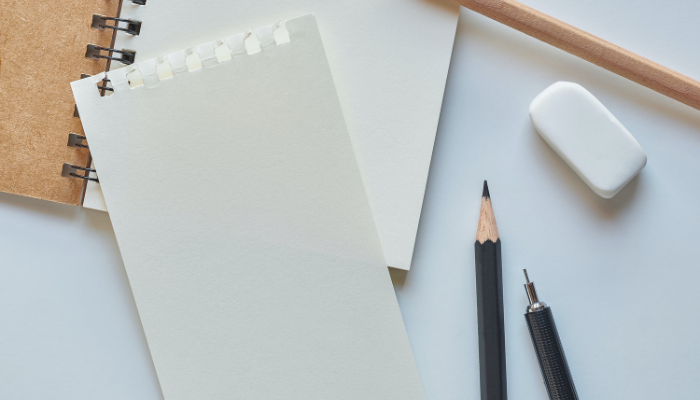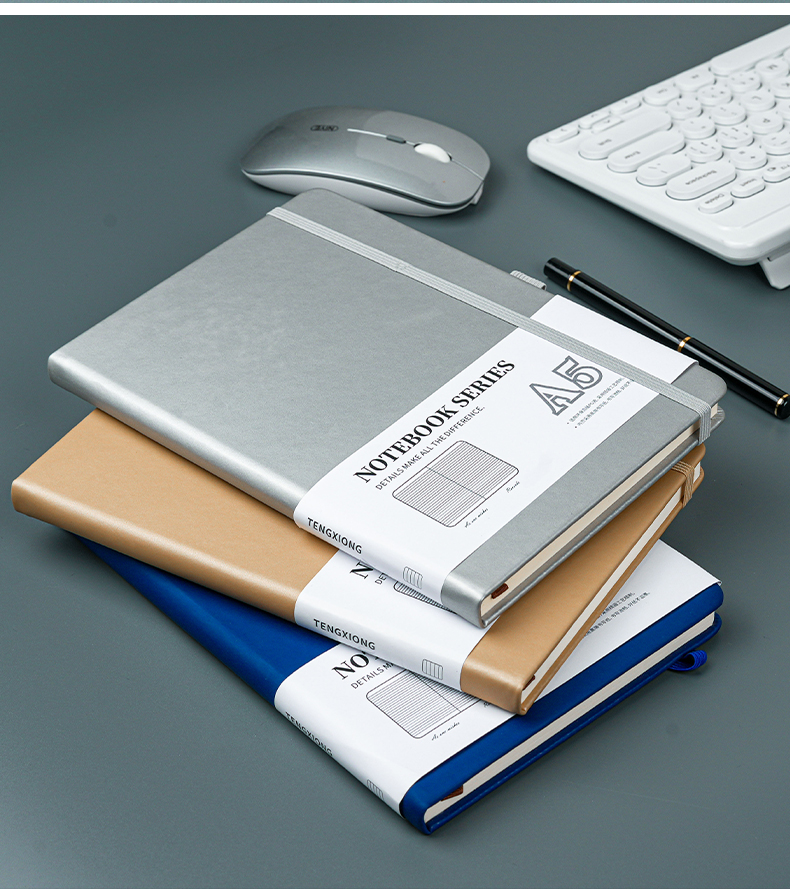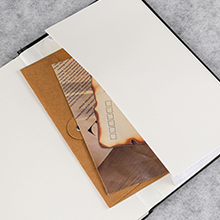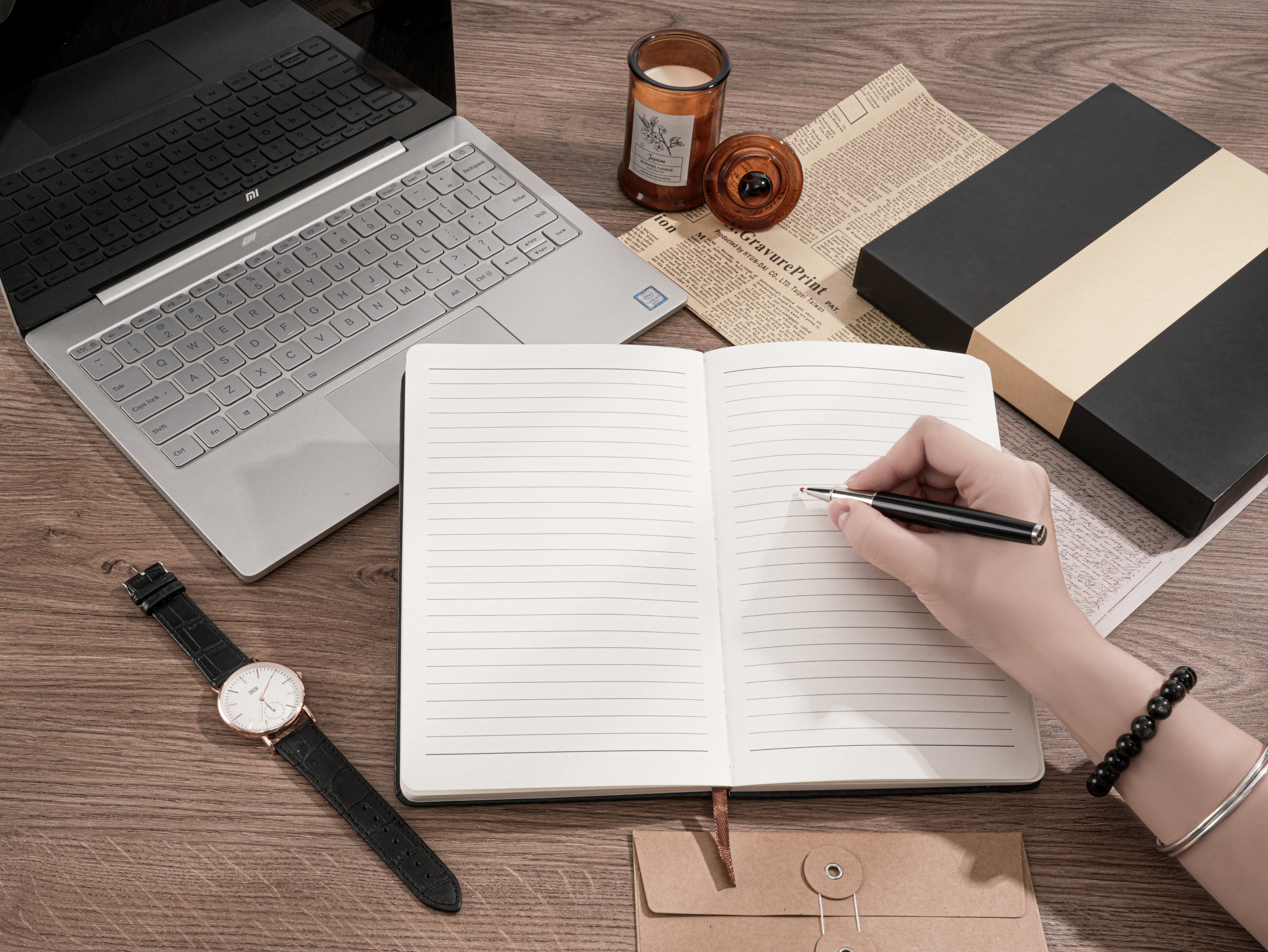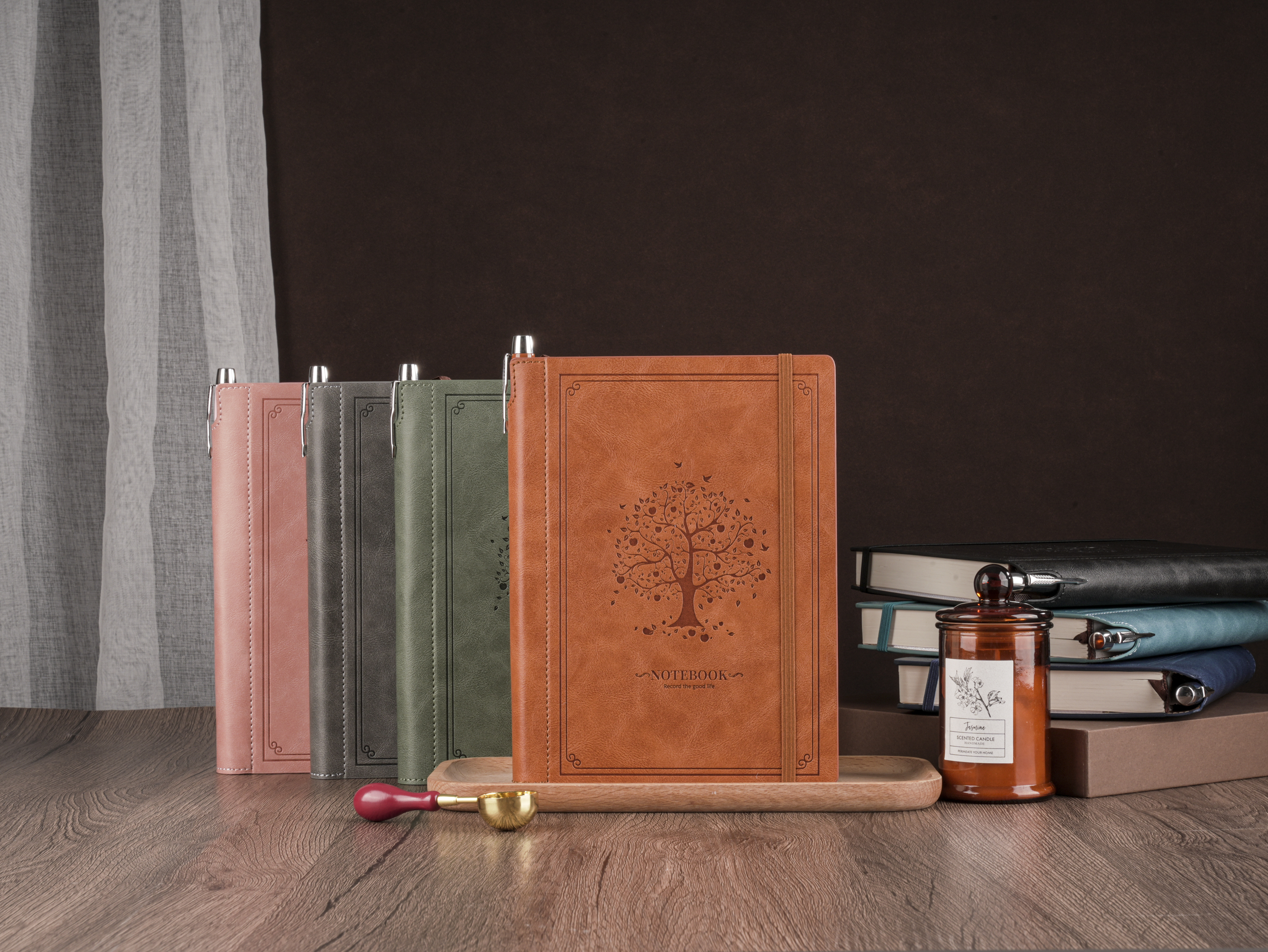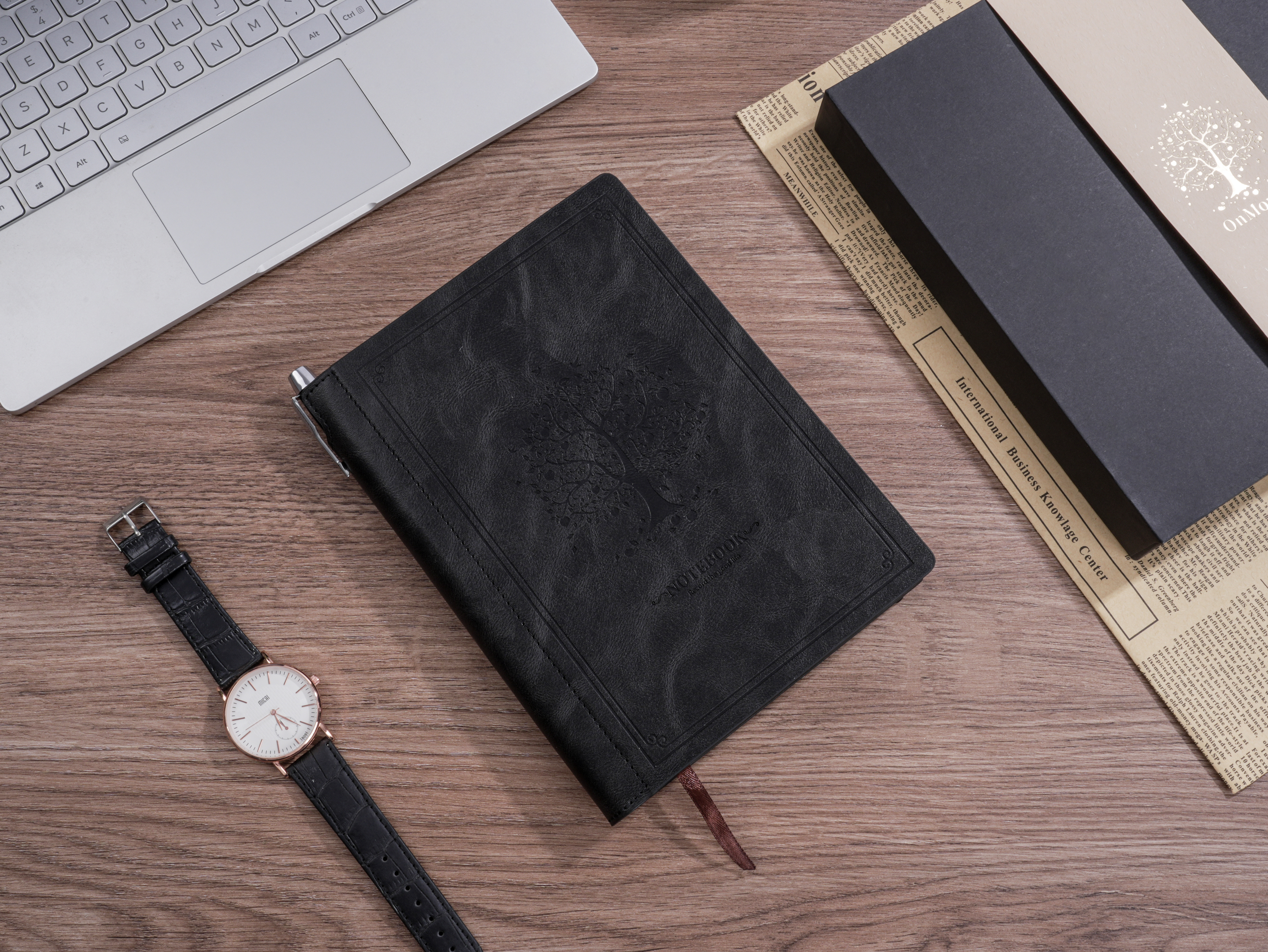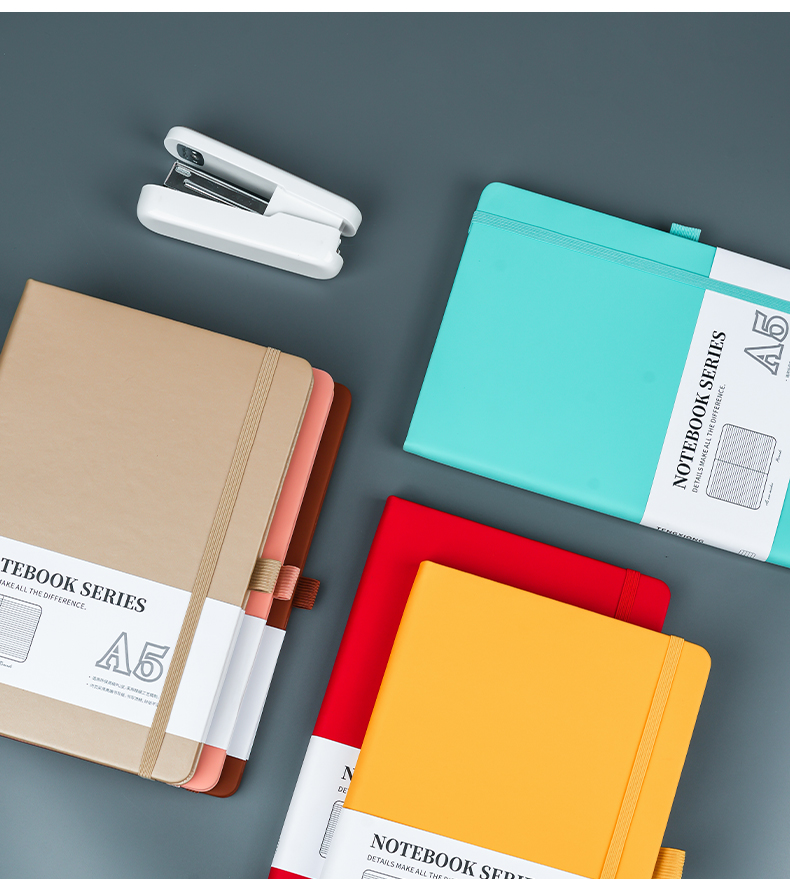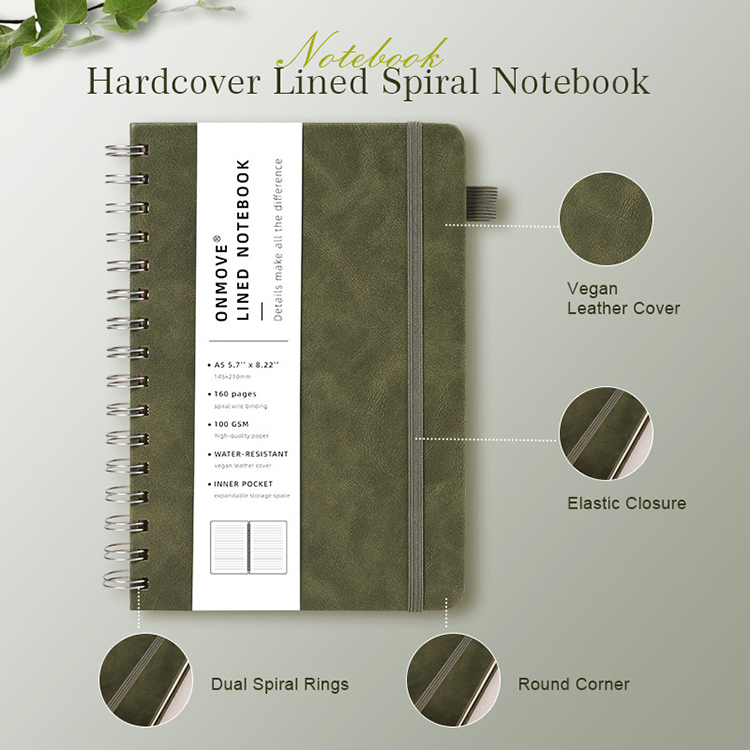Best Loose Leaf Notebooks and Binders for Students and Professionals
Discover the best loose leaf notebooks and binders for students and professionals. Refillable, customizable, and durable loose leaf notebook paper for study and work.
Introduction
When it comes to writing, studying, or organizing daily work, the type of notebook you use makes a bigger difference than most people realize. While traditional spiral or hardcover notebooks have their place, loose leaf notebooks and binders are becoming the preferred choice for students, teachers, and professionals alike.
The reason is simple: flexibility and customization. Unlike bound notebooks where pages are fixed, loose leaf systems allow you to add, remove, and reorganize pages whenever you want. Whether you’re preparing study notes for finals, keeping track of office meetings, or managing creative projects, a loose leaf binder notebook can adapt to your workflow.
In this guide, we’ll explore everything you need to know: from the benefits of loose leaf books, the best options for students and professionals, to tips for organizing your loose leaf notebook paper effectively.
1. What Makes Loose Leaf Notebooks Different from Regular Notebooks
Traditional notebooks have a charm: they’re compact, bound together, and easy to carry. But they come with a major drawback—once you run out of pages, or if you want to reorganize your notes, you’re stuck.
Loose leaf notebooks, on the other hand, are designed around adaptability. The pages are hole-punched and stored in a binder mechanism (often two-ring, three-ring, or six-ring), which means you can:
- Add more paper when you run out
- Remove messy or outdated notes
- Rearrange chapters, topics, or sections
- Mix different paper types (lined, grid, blank, or even planners) in the same notebook
This flexibility is why many students call loose leaf books a “lifesaver” during exam preparation. Instead of flipping through multiple fixed notebooks, they can reorganize study material by subject or theme. For professionals, the binder style is just as valuable—meeting notes, project updates, and brainstorming sketches can all be stored together in one loose leaf notebook binder without feeling cluttered.
2. Advantages of Using Loose Leaf Notebook Paper for Study and Work
The heart of any loose leaf system is the paper. Unlike bound notebooks, where you’re stuck with one format, loose leaf notebook paper lets you choose:
- Lined paper for essays, journaling, or meeting notes
- Grid paper for graphs, math equations, or technical sketches
- Blank paper for drawing, brainstorming, or creative freedom
- Pre-printed planner inserts for schedules and to-do lists
This customization means a single loose leaf notebook binder can double as a study guide, personal journal, and professional planner all in one.
Other advantages include:
- Refillability: No need to buy a whole new notebook—just replace the paper.
- Cost efficiency: Packs of loose leaf notebook paper are often cheaper than bound notebooks.
- Organization: With dividers and tabs, you can split one notebook into multiple subjects or projects.
- Eco-friendliness: Instead of wasting entire notebooks, you only replace what’s needed.
For students, this means more efficient studying. For professionals, it means one loose leaf binder notebook can evolve with their workday.
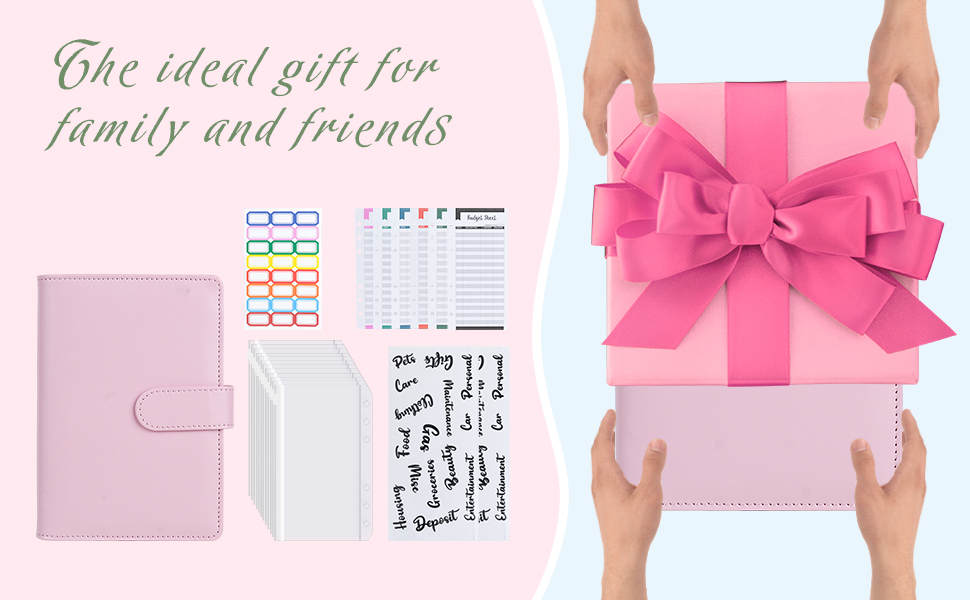
3. Top Features to Look for in a Loose Leaf Notebook Binder
Not all loose leaf notebook binders are created equal. Here are the most important features to consider when choosing the right one:
Binder Mechanism (Rings):
- 2-ring or 3-ring binders are common in the U.S.
- 6-ring systems are popular for planners and personal notebooks.
- The number of rings affects stability and smooth page turning.
Cover Material:
- Leather binders give a professional, premium feel.
- Plastic or poly covers are lightweight and durable for students.
- Fabric or cardboard covers are budget-friendly but less durable.
Size Options:
- Standard A4 for professional documents.
- A5 or A6 for portable student or personal notebooks.
Storage Capacity:
- Some binders hold only 80–100 sheets.
- Larger models can store 200+ pages.
Extra Features:
- Pen holders, zippered pockets, card slots, or snap closures.
- Customizable covers or branding for businesses.
When comparing loose leaf binder notebooks, always match features with your actual usage—students may prioritize lightweight portability, while professionals may want elegance and storage.
4. Loose Leaf Binder Notebooks vs Traditional Bound Journals
A common question is: why not just stick to a regular journal? Let’s compare:
|
Feature |
Loose Leaf Binder Notebook |
Traditional Bound Journal |
|
Flexibility |
Add, remove, rearrange pages |
Fixed pages, cannot reorganize |
|
Longevity |
Refillable, reusable cover |
Limited use, must buy new once full |
|
Customization |
Mix paper types, dividers, planners |
Only one style of paper |
|
Durability |
Depends on binder quality |
Usually sturdy but not refillable |
|
Eco-friendliness |
Replace paper only |
Requires entirely new notebook |
Loose leaf notebooks clearly win in adaptability, though some people still prefer the permanence of bound journals (for diaries, sketchbooks, or archival notes).
5. Best Loose Leaf Notebooks for Students: Affordable and Functional Picks
Students are the biggest fans of loose leaf books, mainly because of their affordability and study-friendly design. The best notebooks for students usually include:
- Lightweight A5 or B5 loose leaf notebooks for easy portability
- Color-coded dividers to separate subjects
- Durable poly covers to withstand backpacks and constant movement
- Budget-friendly refill packs of loose leaf notebook paper
Students especially love being able to tear out messy notes or reorganize chapters before exams. For group study sessions, a loose leaf binder notebook also allows sharing specific sections without carrying the entire notebook.
6. Best Loose Leaf Notebook Binders for Professionals: Stylish and Practical Choices
For professionals, style and presentation matter just as much as function. The best loose leaf notebook binders for office use often feature:
- Genuine leather covers for an executive look
- Business card slots and pen loops
- Zipper closures for secure travel
- Professional A4 or Letter size to match office documents
A loose leaf binder notebook in leather isn’t just practical—it becomes part of a professional’s image. Whether in client meetings or boardroom discussions, it signals both organization and taste.
7. How to Organize and Customize Your Loose Leaf Notebook Paper
One of the greatest strengths of loose leaf notebooks is customization. Here’s how to get the most out of them:
- Use dividers: Separate subjects, projects, or categories.
- Index pages: Add a table of contents for quick reference.
- Color-coding: Assign different paper colors to different themes.
- Mix layouts: Keep lined paper for writing, grid paper for diagrams, blank paper for creativity.
- Planner inserts: Add monthly, weekly, or daily planner sheets.
This level of personalization turns a simple loose leaf book into a hybrid planner, journal, and professional organizer.
8. Sustainable and Long-Term Value of Loose Leaf Binder Notebooks
In today’s world, sustainability is more than a trend—it’s a responsibility. Loose leaf binder notebooks shine here because they’re refillable and reusable.
- Instead of throwing away full notebooks, you just replace loose leaf notebook paper.
- High-quality binders can last for years.
- Many eco-conscious brands now use recycled paper or biodegradable covers.
For both students and professionals, investing in a durable loose leaf notebook binder reduces long-term costs and environmental impact.
FAQ: Loose Leaf Notebooks and Binders
Q1: Are loose leaf notebooks better for studying?
Yes. They allow students to organize notes by subject, add or remove pages before exams, and keep everything in one place.
Q2: Can loose leaf notebook paper fit any binder?
Not always. Different countries and brands use different hole systems (2-ring, 3-ring, 6-ring). Always match paper to binder type.
Q3: Are loose leaf binder notebooks expensive?
They range widely—basic student models are very affordable, while professional leather binders cost more but last years.
Q4: Can I mix different types of paper in one notebook?
Absolutely. That’s one of the biggest advantages—lined, grid, blank, and planner sheets can all live in one binder.
Q5: Do professionals really use loose leaf notebooks?
Yes. Many professionals prefer them for flexibility, style, and the ability to combine meeting notes, schedules, and documents.
Conclusion
Whether you’re a student trying to manage multiple subjects or a professional juggling projects, loose leaf notebooks and binders are one of the most flexible, durable, and cost-effective tools you can own. From customizable loose leaf notebook paper to stylish loose leaf binder notebooks, the right choice will help you stay organized, efficient, and prepared for anything.
Unlike traditional bound journals, these systems grow with you—refill after refill, project after project. If you’re ready to upgrade your note-taking game, investing in a high-quality loose leaf book is one of the smartest choices you can make.
We're Here to Help
Have a question or need a quote? Fill out the form below and our team will get back to you promptly!
Tel:
+86 15258636961
Email:
1178948437@qq.com
Social Media:
YouTube:https://www.youtube.com/@Onmove-e8w
Tik Tok:https://www.tiktok.com/@onmove_notebook
Twitter:https://x.com/Onmove_notebook
Pinterest:https://ca.pinterest.com/onmove345/



